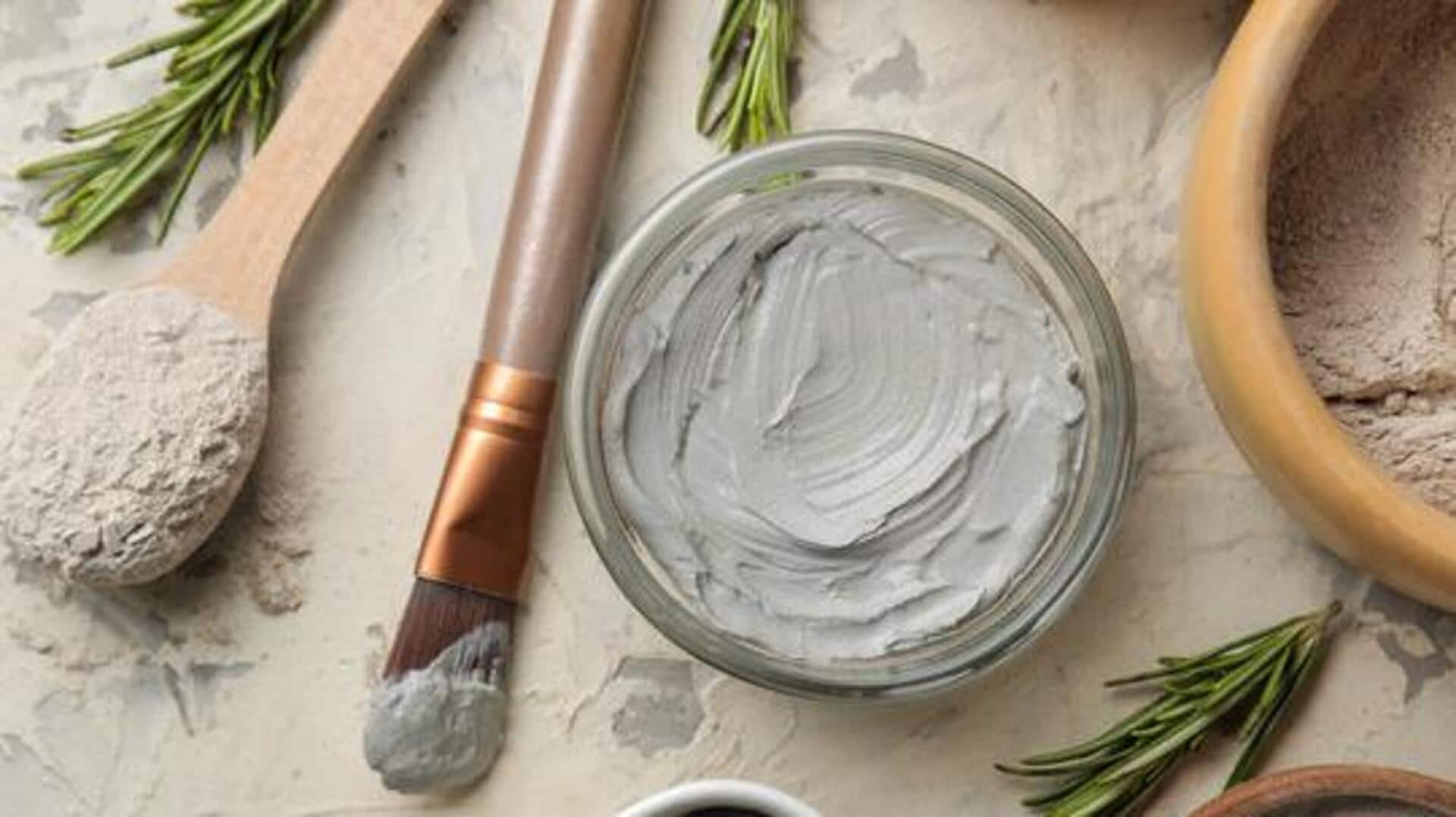
Bogolan clay: The secret to glowing skin
What's the story
African bogolan clay is a natural beauty secret that has been used for centuries. Derived from the rich soils of Mali, this clay is known for its skin-nourishing properties. Packed with minerals, bogolan clay offers a range of benefits that can enhance your skincare routine. From detoxifying the skin to improving elasticity, this versatile ingredient is gaining popularity worldwide.
Natural detox
Detoxify your skin naturally
Bogolan clay is famous for its ability to draw out impurities and toxins from the skin. Its absorbent properties make it an excellent natural detoxifier. When applied as a mask, it helps remove excess oil and dirt, leaving the skin feeling clean and refreshed. Regular use can help reduce the appearance of pores and give you a clearer complexion.
Elasticity boost
Enhance skin elasticity
The minerals present in bogolan clay, such as magnesium and calcium, are essential for improving skin elasticity. These minerals help strengthen the skin's structure by promoting collagen production. Using bogolan clay regularly can make your skin firmer and more resilient over time. This makes it an ideal choice for those looking to maintain youthful-looking skin.
Skin soothing
Soothe irritated skin
Bogolan clay also has anti-inflammatory properties that can help calm irritated or sensitive skin. It reduces redness and swelling by soothing the inflammation. This makes it an ideal option for people with acne-prone or sensitive skin types. Using bogolan clay masks regularly can help you get a more balanced and even-toned complexion.
Circulation boost
Improve circulation with massage
Incorporating bogolan clay into your skincare routine through facial massages can improve blood circulation in the face. The gentle massaging action combined with the mineral-rich properties of the clay stimulates circulation, giving you a natural glow. This practice not only enhances your complexion but also promotes overall facial health by delivering essential nutrients to the skin cells.